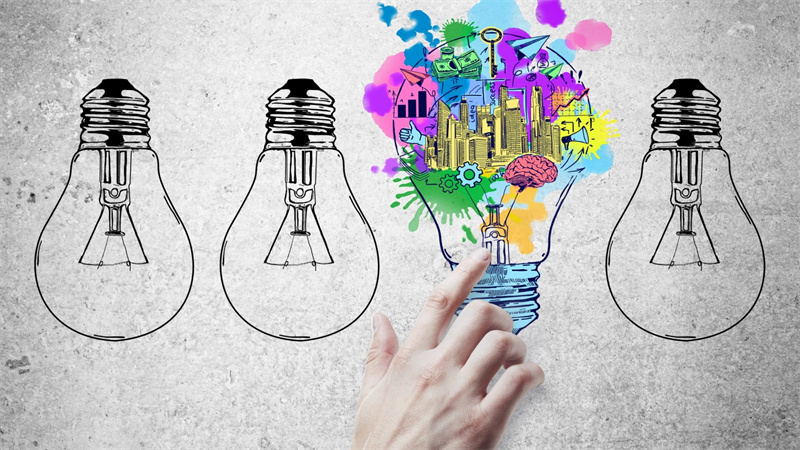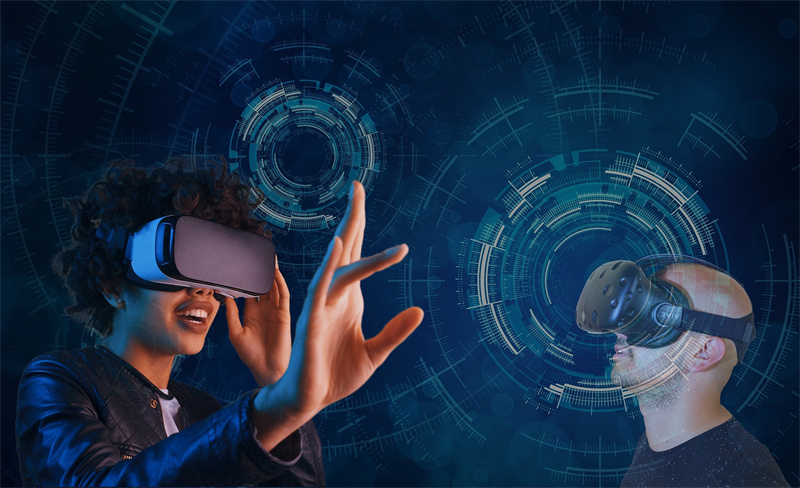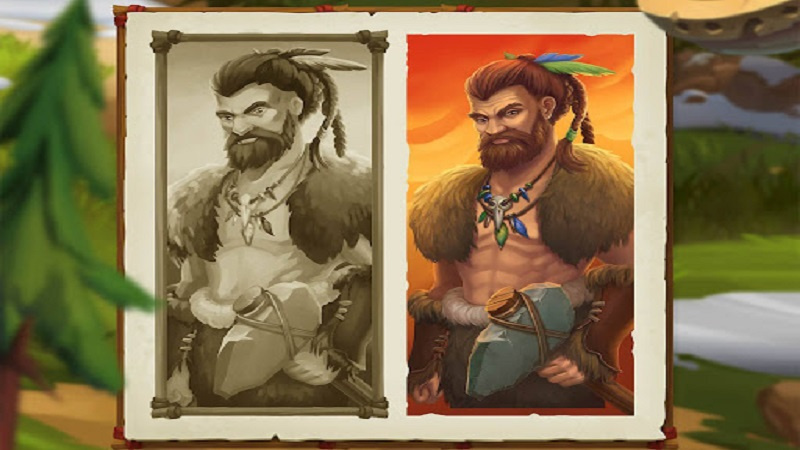Regardless of age, many of us relax by getting absorbed in games on our phones or computers. But have you ever wondered how the graphics in your favorite games are created? Let’s take a peek behind the scenes of the world of 2D animation to find out how it’s done.
We’d like to express our gratitude to the experts at Inkration, a company that has been offering game animation services for over 10 years and has completed over 300 projects, for their assistance in writing this material. So, let’s dive in.
The journey from Idea to concept

It all starts with an idea. Some people wake up in the middle of the night and jot down their brilliant thoughts on a napkin. Others spend a long time thinking and sketching on paper. These ideas could be for new characters or locations where the game’s actions will take place.
After the birth of an idea comes the time for concept art. These are the initial drawings that show what a character or world might look like. Artists use a variety of tools and programs to make these drawings beautiful and detailed. They can draw by hand or directly on the computer. The main thing is that their drawings help developers envision how everything will look in the game.
Animating characters and environments
When the concept art is ready, the most interesting part begins – animation, which brings everything to life. There are different methods for creating 2D animation. You can draw each movement of the character and object separately, as it was done in old cartoons. Or you can use skeletal animation to make the hero move.
Skeletal animation is a technique used to create an internal structure for a character. It consists of “bones” that are connected to each other by “joints”. This is very similar to a real human skeleton, but inside a digital character.
This technique is often used in video games and animated movies because it allows animators to relatively easily create complex and expressive character movements.
How skeletal animation works
First, artists and animators create a skeleton that corresponds to the character’s anatomy. Each bone in this skeleton controls a specific part of the character’s body, such as an arm, leg, or head.
Then, the skeleton is attached to a 2D or 3D model of the character. This process is called “skinning,” and it determines which part of the graphic model will move with each bone.
After the skeleton is attached, artists begin the animation process. They move and rotate the character’s bones into different poses, creating an animation sequence. The model follows the movements of the bones, creating the illusion of movement.
Advantages of skeletal animation
According to developers at Inkration, this technique has several significant advantages:
- Efficiency: there is no need to create every frame of animation manually. It is enough to animate the skeleton, and the character model will move accordingly. This greatly speeds up the animation process;
- Flexibility: it is easy to change the animation by adjusting the skeleton’s movements;
- Realism: it allows for the creation of complex and realistic movements, especially when it comes to facial expressions and gestures.
But since it is necessary to animate not only characters but also the world around them, artists also work on making trees rustle, water splash, and clouds float in the sky. All this makes the game resemble a real little world.
To create animations, artists use special programs that help not only animate characters and the world but also check how the animation will look in the game. It is important for everything to be not only beautiful but also function correctly.
The technical side of the magic in detail
After bringing characters to life, it’s time to add them to the game itself. This is done by programmers who take the animations and check how they work. Sometimes images need to be made smaller so that the game doesn’t lag. This is called optimization.
Programmers also test the animations. They make sure the characters run, jump, and do everything they need to do correctly. If something is wrong, artists and programmers work together to fix the bugs.
But it’s one thing to make a character walk or run, and quite another to make it seem real. This requires a lot of work. Artists create different faces for characters to express emotions – surprise, joy, sadness. All of this should be in the game.
Movements are also important. To make them correct, artists take examples from the movements and gait of real people. This helps make the characters realistic.
And let’s not forget about the sounds. When a character walks, you should hear the sound of footsteps, and when they fall, you should hear the sound of impact.
Trends and the future of game graphics

Graphics and animation in games are constantly changing. Developers and animators at inkration are constantly looking for new ways to make games even more beautiful and realistic.
There is a lot of talk now about virtual and augmented reality. This is a new step for game graphics. Some games already use these technologies. Developers are constantly experimenting to find out how to make your gaming experience even brighter.
We see that games are becoming more and more complex and engaging. Graphics and animation are the heart of any game. They make game worlds alive and interesting.
Developers and artists work together to make each character and every piece of the game special. They use their knowledge and talent to make games that delight us, evoke emotions, and sometimes even make us think. Technologies are not standing still. They are developing, bringing new possibilities to games, which means that in the future, we can expect even more amazing and colorful games.
Games are not just entertainment. These are the worlds that we can explore. And graphics and animation help us feel these worlds. So the next time you play your favorite game, remember all the work that went into creating it. And, of course, enjoy every moment.
